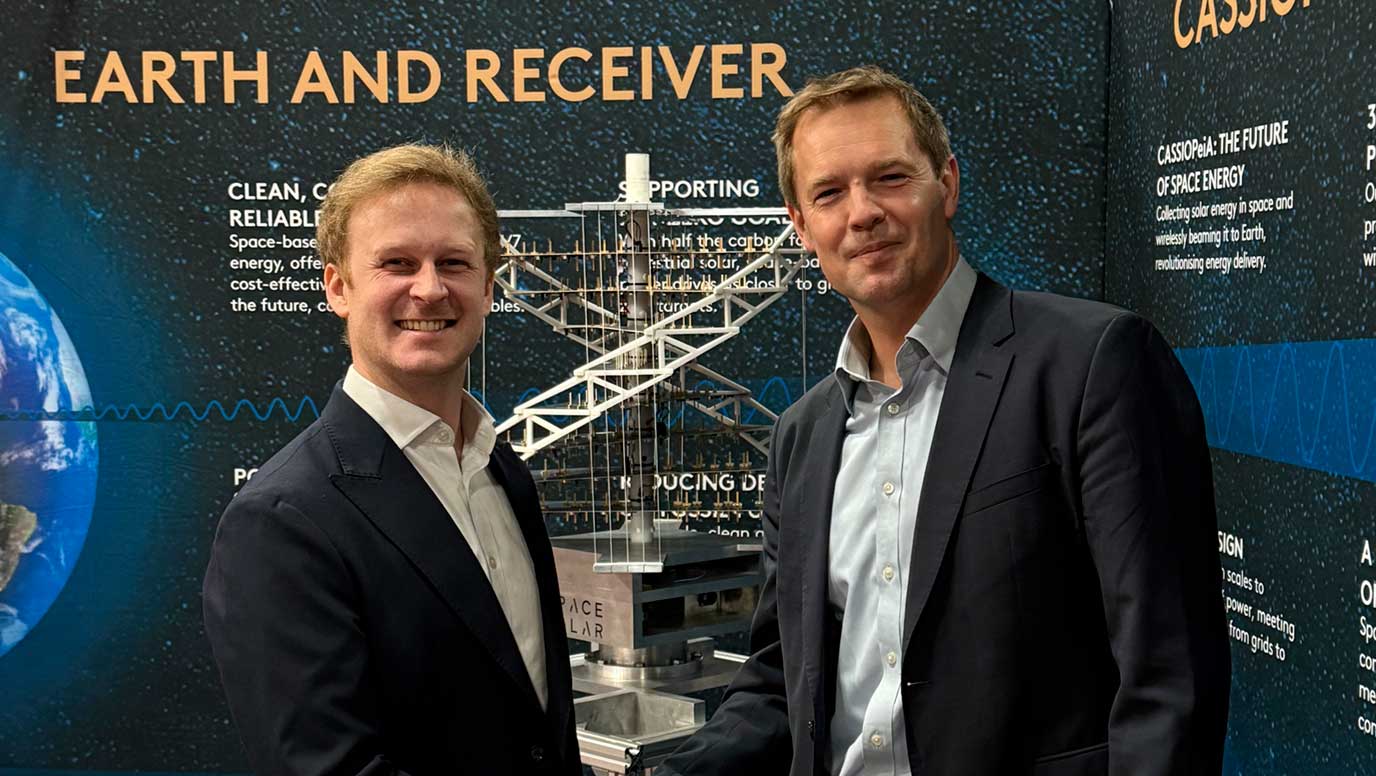

Magdrive has signed a Memorandum of Understanding with Space Solar during the Farnborough International Airshow, marking the start of a pioneering collaboration at the intersection of advanced propulsion and orbital energy infrastructure.
Space Solar is leading the charge on space-based solar power, a concept once confined to science fiction, now moving rapidly toward reality. Their mission is to deploy vast solar power stations in orbit that will beam clean, renewable energy back to Earth. These systems are designed to provide round-the-clock, net zero baseload power and could become a game-changer in the global transition away from fossil fuels. The first operational systems are expected to be in place by the late 2020s.
However, keeping massive structures in orbit for decades requires more than just ambition. It demands a radical rethink of how spacecraft manoeuvre and maintain their position in space. According to Space Solar, relying on conventional Hall Effect Thrusters to service these stations would require more xenon and krypton than the global supply can offer.
“Space Solar is building space infrastructure on a scale the world has never seen. This collaboration is about more than just propulsion. It’s about enabling a sustainable energy future for Earth. We’re proud to play a part in powering the next era of space.”
Mark Stokes, Co-Founder & CEO Magdrive
Our next-generation SuperMagdrive thruster is built around low-cost, high-density metal propellants that are both scalable and sustainable. It is also designed to be refuellable in orbit, a critical capability for the long-term maintenance of large infrastructure. With flexible operating modes, high thrust for orbital transfers, and high efficiency for station-keeping, SuperMagdrive is uniquely suited to support the continuous, stable operation of Space Solar’s power stations.
The technologies behind orbital solar power and advanced propulsion are already here. What stands in the way is the challenge of operational cost, scale, and integration. This partnership brings two critical technologies together, aiming to accelerate the deployment of long-term, sustainable infrastructure in space.